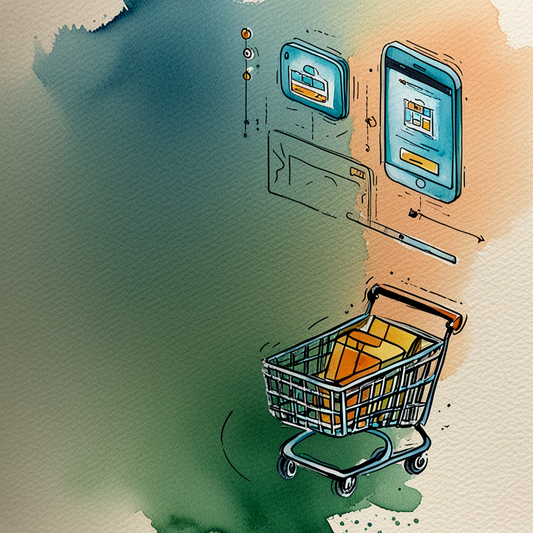Top 5 App Integrations that Benefit Ecommerce
Share
In today’s world, “apps” are available for your phone, your PC, and of course e-commerce. These serve a particular function, has its own package that solves a task or mission for your needs. It can he difficult to choose the right app for the right task, and while a designer/developer may have experience with some of these, it is the interaction between various apps together that can destabilise your e-commerce integration.
App Integration is a development phase in planning, verifying and testing with development fixes or adjustments to adapt the app within the current environment. The environment keeps changing over time as these apps undergo updates over time for bug fixes or feature enhancements. This means that a scheduled maintenance of your store to bring apps up to date also includes an app integration activity to ensure quality and stability.
While you gain time to deploy reliable software with industry best practices via apps, app development cannot predict all the various permutations and environments it may be deployed in on that particular platform. Therefore the store owner, who defines their particular needs on presenting, merchandising, accounting and running their business; ends up having to tie any lose ends on their integration for a strong delivery to their clients and themselves.
Below we have the 5 key points on the benefits of app integration so as to clearly define the benefits of having such a process in the store’s development.
1. Saving money and time
Integration is not all about making the apps “play nicely” with one another, it is also about streamlining your processes, and automating data flows between “apps” and “Applications” where your business needs to take information from one end of the spectrum to the other.
On many occasions our clients comment on how appreciative they are on our work, saving them lots of hours and manpower in doing tedious data entry and copying of information. This applies to wide-ranging organisations, such as marketing agencies, SaaS vendors and the like.
2. App integration reduces errors in missing data and duplicates
One cannot ignore the human error aspect of manual data entry. Missing fields, internet interruptions in submissions, duplicate entries are all symptoms of repeated and tiresome mundane tasks. Traceability of an order from being placed all the way to your reporting/financial statements ensures data integrity – when it is integrated in an automated way.
In addition, tracking your marketing when orders are tagged by advertising/promotion based activities, it allows your reports to show your supply/demand, price sensitivity of your clients and your ROI.
3. Making your Apps smarter and more insightful
With the speed of integrated apps, your ability to real-time and up-to-date reporting becomes possible. As an example: this applies to inventory control and projections so as to order in a timely manner. Or, you can use sales data to better target your leads with relevant promotional information. Data mining now becomes your playground for your business.
4. The best app integrations are customizable
Most business share the same generic processes and needs when in comes to basic functions such as accounting, inventory control, email marketing, and the like. For most businesses however this is not enough to get to the particular details of the questions, needs and reports required to make good decisions. Therefore, a key aspect of the integration effort is to add customisations to make the tools adapt to your business, and not making people/business processes adapt to the tools.
Part of the benefit is employees adapting to the more streamlined tools when usability is considered as part of the integration. Some integrations are behind the scenes, however, some still require human intervention where the integration UI can be customised such that it speaks to the users.
5. App integration can be affordable and straightforward
Thanks to standards required by the platform, the app community, and user input – the industry has brought a reasonable standard to interface, customise and interconnect. With this in mind, exploring your needs and getting engaged in well defined integration activities should be a straightforward process, and easy engagement with the development community in stepping up your automation/integration.
In many cases, development houses have done integrations similar to your request in the past, thus leveraging the experience in their previous execution. With an agreed-upon specification for your applications to be integrated, a plan is produced for you to follow the execution and data flow. This now becomes your architecture and electronic never-center for your business to which you can build and improve on as you see opportunity. If you feel like a discussion to cover questions on your implementation, your business processes, and automation – give us a shout!



